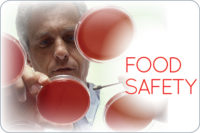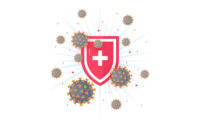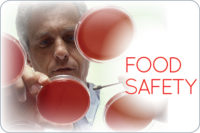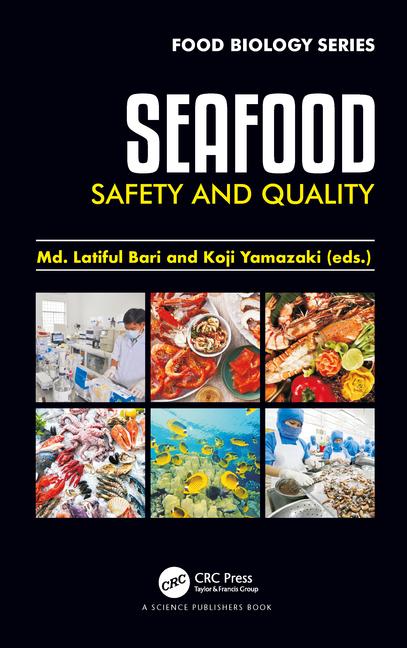The primary reason for this is that, as human beings, we have become very good at adapting our environment (or, in many cases, our conduct) to minimize our most significant or obvious risk. And, as a result, we have made enormous strides at making our world much more safe.
Although our world has become far safer as a result of these continuing efforts, such efforts have also succeeded in creating at least a few unintended consequences. One of these is that many people in today’s world have come to expect others to ensure their own safety, even in ways that may be unrealistic. Thus, in the unfortunate circumstances when injury does result (sometimes because of a momentary lapse in personal awareness or personal responsibility), the alleged failure to satisfy this expectation of “absolute safety” is blamed, and lawsuits in many instances result.
This, of course, is especially true in the food industry, where people expect their food to be absolutely sterile despite the fact that it was grown in dirt or was once a living, breathing thing, brimming with microorganisms. It is up to companies then, to do all they can to protect both consumers and themselves from the many risks associated with these realities.
There are countless interventions industry regularly employs to reduce microbial loads and prevent cross-contamination. We have discussed many of them in this column. And, as it turns out, even the clothing we wear can help to prevent or minimize foodborne illness (and the liability and exposure which follows).
Indeed, a number of companies have already created (and many companies are working to enhance) apparel lines designed specifically for workers in the food industry. These uniforms are made from fabric with antimicrobial properties which not only inhibit pathogens, but also prevent cross-contamination.
We know today that cross-contamination is one of the greatest threats faced by companies which produce or process foods. The PCA outbreak and recall is a prime example of what can occur when a small amount of contamination is left unchecked for a long period of time.
Thus, the approach to food safety, as we know, is incumbent upon a multiple-hurdle approach which uses science and hazard analysis to identify risks and mitigate them to the greatest extent possible. Today we recognize that even the clothing we wear can promote the spread of pathogens between products.
So, in order to keep our safety nets from wearing thin, we should all keep in mind that food safety is most effective when well worn.







Report Abusive Comment